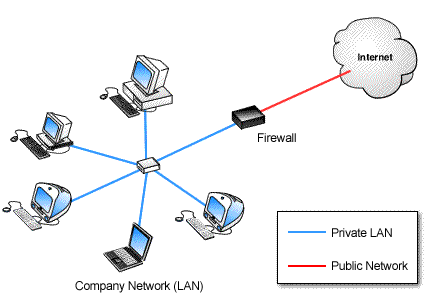

There is no support for hit-counting and subsequent connection rejection per source IP a common technique deployed to limit the impact of brute-force hacking and distributed denial-of-service attacks.

firewalld supports timed rules, meaning the number of connections (or "hits") to a service can be limited globally. Services and applications can use the D-Bus interface to query and configure the firewall.

Administrators can configure Network Manager to automatically switch zone profiles based on known Wi-Fi (wireless) and Ethernet (wired) networks, but firewalld cannot do this on its own. Features įirewalld supports both IPv4 and IPv6 networks and can administer separate firewall zones with varying degrees of trust as defined in zone profiles. It was intended to be ported to C++, but the porting project was abandoned in January 2015. The name firewalld adheres to the Unix convention of naming system daemons by appending the letter "d". Through its abstractions, firewalld acts as an alternative to nft and iptables command line programs. Prior to v0.6.0, iptables was the default backend. firewalld's current default backend is nftables. It provides firewall features by acting as a front-end for the Linux kernel's netfilter framework. If you connect to airport Wi-Fi or hop on a public network in a coffee shop, you need more than just a firewall to stop someone with a packet sniffer.Firewalld is a firewall management tool for Linux operating systems. That said, even with a built-in firewall through your operating system, your computer can still be vulnerable on public networks. On top of that, the vast majority of wireless routers also provide another layer of protection in the form of Network Address Translation. However, those days are long gone now-not due to lack of threats, but because firewalls are readily available.īoth Windows and macOS provide built-in firewalls in the operating systems that offer a tremendous amount of protection. In the early days of the Internet, it wasn’t unusual for users to install their own personal firewalls as an added layer of protection against online threats. It also monitors threats based on port and protocol type. In other words, a stateful inspection firewall allows only authorized traffic with the correct state to pass through and blocks all other connections.


 0 kommentar(er)
0 kommentar(er)
